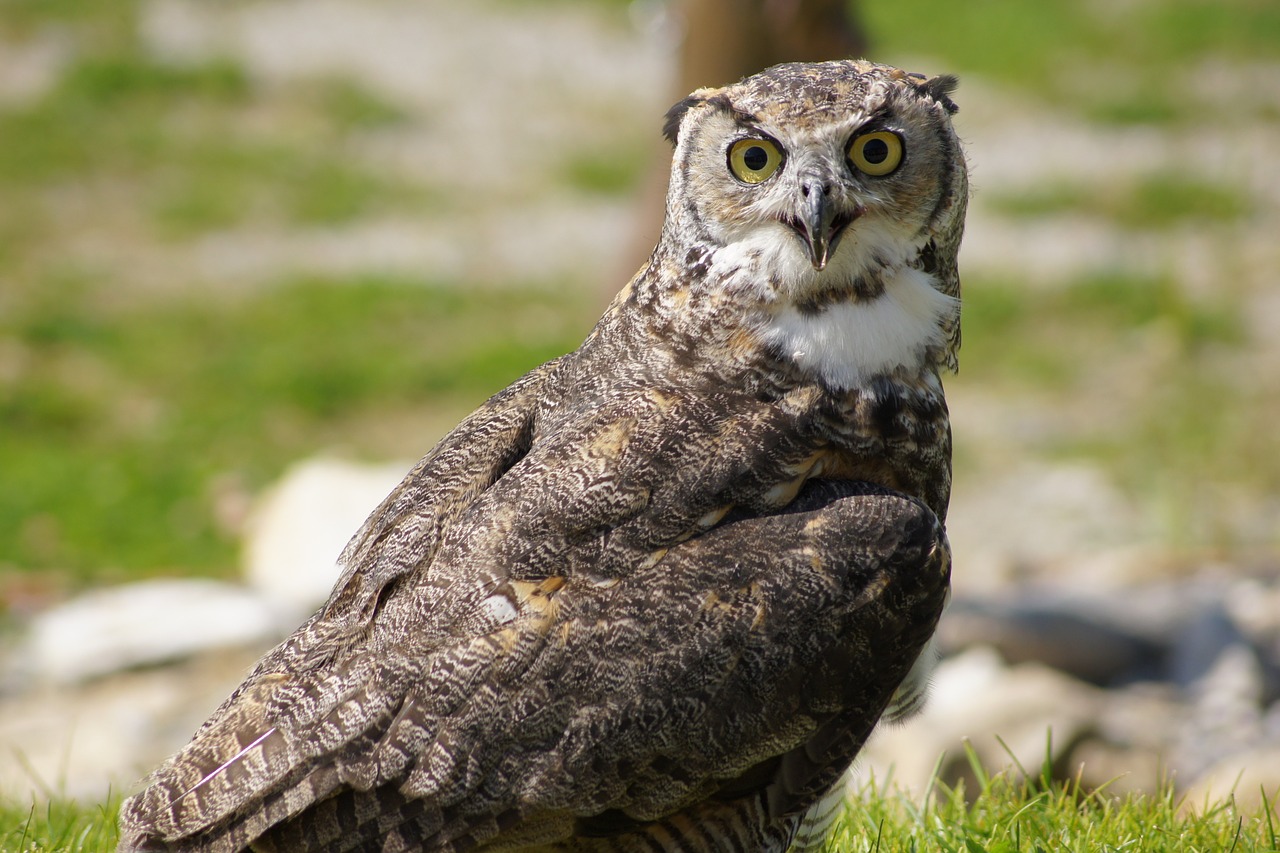What do night birds do in the dark
Night time birds follow the same activity patterns as daytime birds, just during different hours. At night, nocturnal birds will forage for food or hunt for prey, preen, build nests, exhibit courtship behaviors and do whatever other tasks are necessary for their survival. During the day they roost and sleep, just as diurnal birds do during the night.
Adaptation
Many nocturnal birds in the temperate region exhibit hypothermia, in which body temperature drops by about 3 to 5 Celsius degrees (5 to 9 Fahrenheit degrees) during the night and the metabolic rate falls to about half the rate of resting birds during the day. Nocturnal hypothermia has been observed in chickadees, finches, sparrows, silvereyes, honeyeaters, and many other small birds.
Characteristics of nocturnal birds
Nocturnal birds are quite different than their diurnal (daytime) cousins. Because different colors are difficult to see at night, most nocturnal bird species lack red, blue, orange or other bold colors and instead have more muted plumage with shades of brown, gray, black and white.
Nocturnal Bird Species
It can be difficult to classify a bird species as strictly nocturnal, since many species will be active whenever they need to be, including at odd times if food supplies are scarce or if they are under stress. When most of a bird’s normal activity occurs during the darkest nighttime hours, however, that species is generally considered nocturnal. The most familiar, generally nocturnal birds include:
- Ashy storm-petrels
- Frogmouths
- Kakapos
- Kiwis
- Little penguins
- Night-herons
- Night parrots
- Nightjars
- Owlet-nightjars
- Owls
- Pauraques
- Poorwills
- Potoos
- Stone-curlews
- Woodcocks
In addition to these species and types of birds that are typically regarded as nocturnal, many other bird species are crepuscular, meaning they are most active at twilight or just before dawn. Depending on local conditions, that may seem to make even more nocturnal birds, but only if they are readily active in the darkest parts of night are species usually considered nocturnal. For many species, they may be considered both nocturnal and crepuscular.
Recognizing night Birds
Viewing birds at night can be an interesting experience, but it is an incredible challenge for proper identification. With practice, however, every birder can gain more confidence identifying birds at night. Seeing birds at night can be an amazing experience, but it is an incredible challenge for proper identification. nocturnal birds With practice, however, every birder can gain more confidence identifying birds at night.

